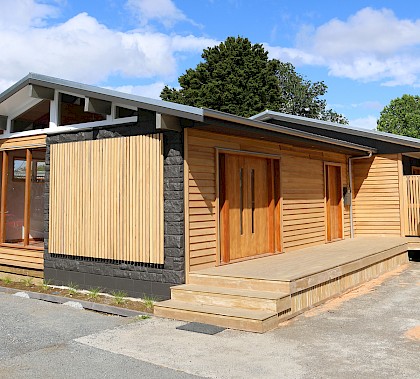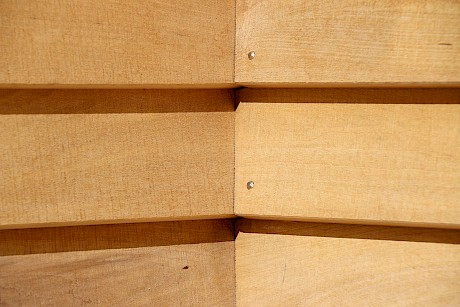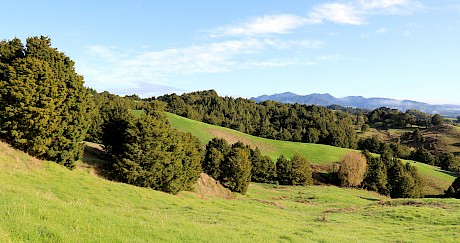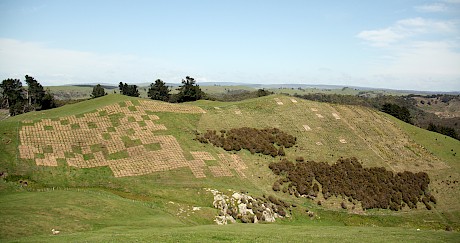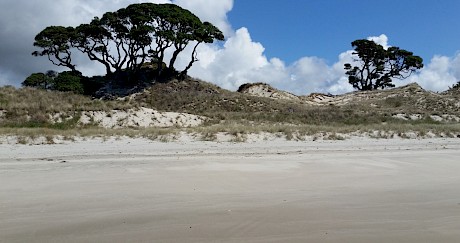Pathways to code compliance for farm-totara timberProject Status: Completed
Tāne’s Tree Trust (on behalf of the Northland Totara Working Group and the NZ Farm Forestry Association) completed a scoping study which aimed to provide a critical and planned approach to achieving code-compliance and full utility of farm-totara timber. This project was funding by the Ministry for Primary Industries through the Sustainable Farming Fund. This involved recommending a range of technical wood property tests, and outlining the process for potential changes to code compliance regulatory documents (such as NZS 3602 etc). This one-year project was completed in 2016.
Background
Studies confirm farm-totara to be a high-quality native timber with strong market interest. However, at present, uncertainty around building code compliance, relating to durability performance, is a major impediment to the commercial use of farm-totara timber. There is a range of approaches to achieve code-compliance. These include durability and preservative treatment tests, but also possible changes to specific compliance documents. Therefore, the first step is determining the optimal approaches, from the grower’s and industry’s perspective, to achieving code-compliance for the various grades of timber.
Maximising Building Code compliance is likely to have a significant impact on market demand for farm-totara timber and increase the value of the resource to land-owners. This, in turn, will encourage land-owners to manage areas of regenerated totara and plant more forest area.
Excellent potential exists to develop regionally significant industries based on the use of timber from regenerating (and planted) totara on private land – ‘farm-totara’. This would be an appropriate sustainable land use option for many areas.
Progress
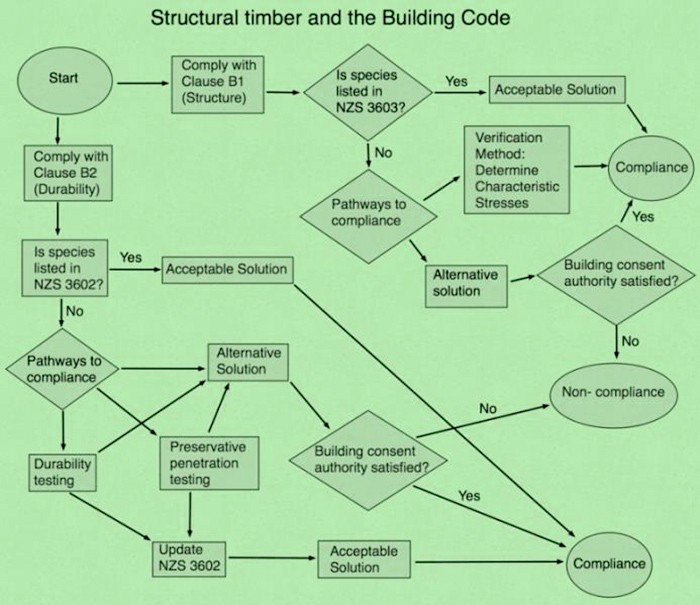 Draft flow chart indicating pathways for compliance of timber under the building code relevant to farm totara.
Draft flow chart indicating pathways for compliance of timber under the building code relevant to farm totara.
The project started on 1st July 2015. Dean Satchell initiated a literature search, contacted the key stakeholders and investigated the current provisions of the Building Code. He also looked at how other alternatives timbers, such as Douglas Fir, have gained compliance status.
Dean continued to engage with stakeholders/agencies (particularly MBIE & Scion) and completed a critical analysis of the situation and potential options. And through his involvement in the review process for NZS 3602, he also kept the project team updated on any implications and/or opportunities for change, in the regulatory framework.
A draft flowchart (see figure: 1 above) outlines the compliance paths for timber under the building code. Totara complies with B1 (Structure) because characteristic stresses have been determined for the species. However, because totara is not listed in NZS 3602, the only compliance path available for B2 (Durability) is an “alternative solution”. This places the discretion for compliance with the building consent authority (i.e. individual local councils) which is unknown and may be nationally inconsistent.
The preferred option is to have totara listed as an “acceptable solution” in NZS 3602. However, it appears that there is a lack of an industry-agreed verification method for durability. Although there is an impending review of NZS 3602, there is a lack of an agreed approach to verifying durability according to an agreed science-based method. This could potentially create something of a ‘catch-22’ situation to the disadvantage of alternative timbers (including farm-totara).
Project Outputs
The final project report: Satchell, D. 2016: Pathways to building code compliance for farm-totara timber. Northland Totara Working Group report.
This project was funded by the Ministry of Primary Industries Sustainable Farming Fund (Project No. 408099), and co-funded by Tāne’s Tree Trust and the New Zealand Farm-forestry Association (including a contribution from the Indigenous Forestry Section).
Contacts for this project
- Project Manager, Paul Quinlan
- Dean Satchell, New Zealand Farm Forestry Association
- TTT Executive Officer: Enable JavaScript to view protected content.

